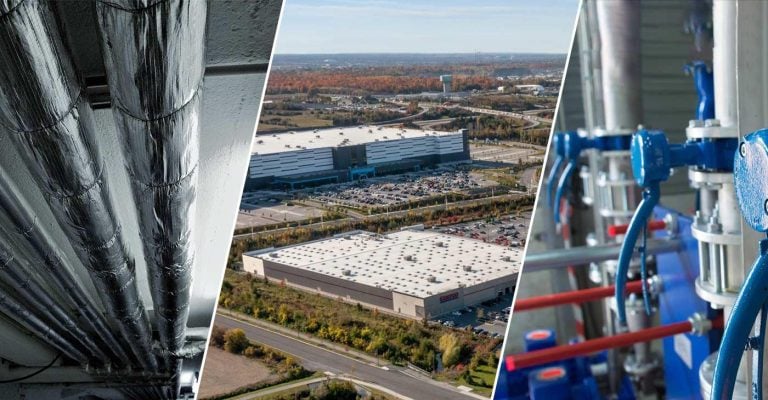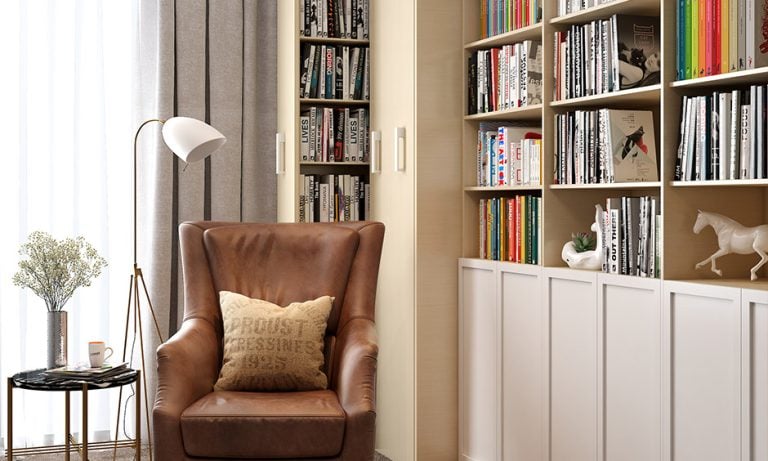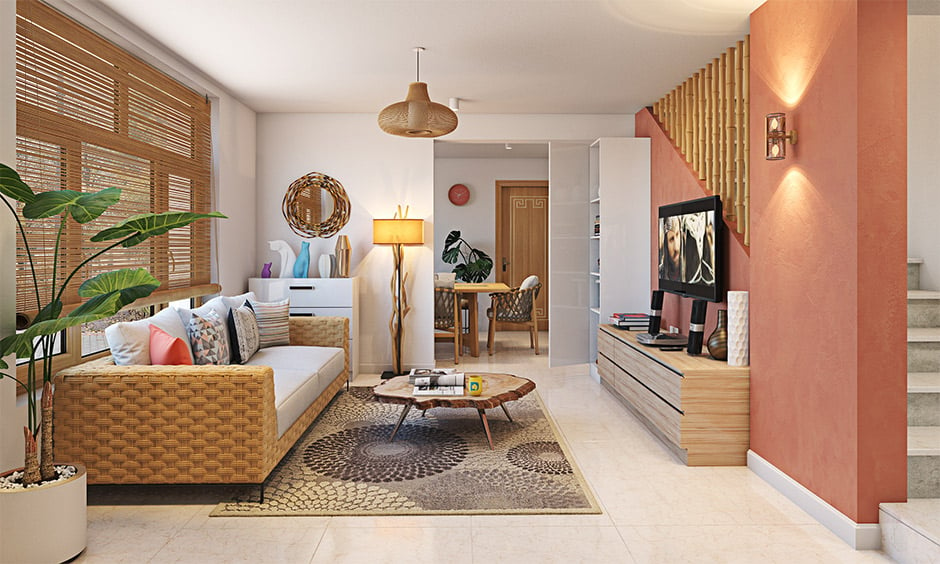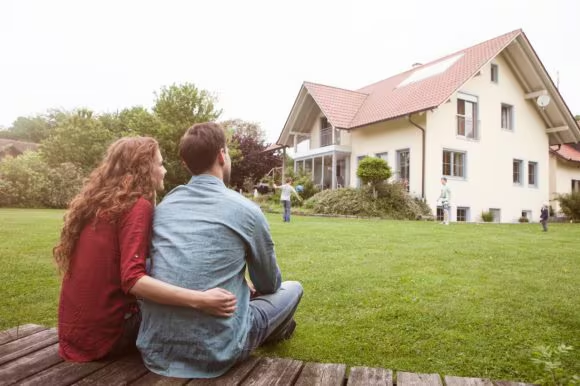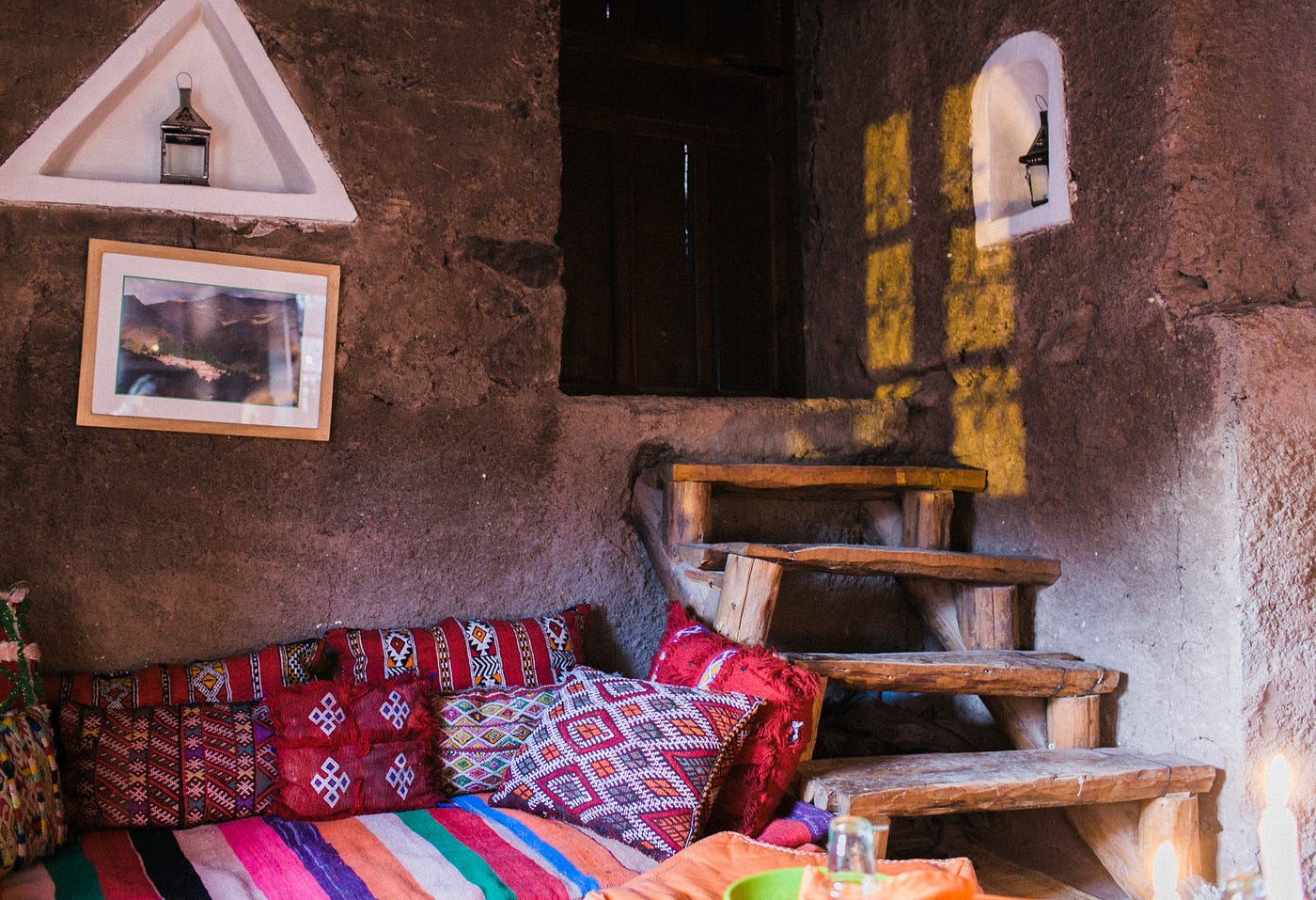Design and Plumbing Integration for Functional Spaces
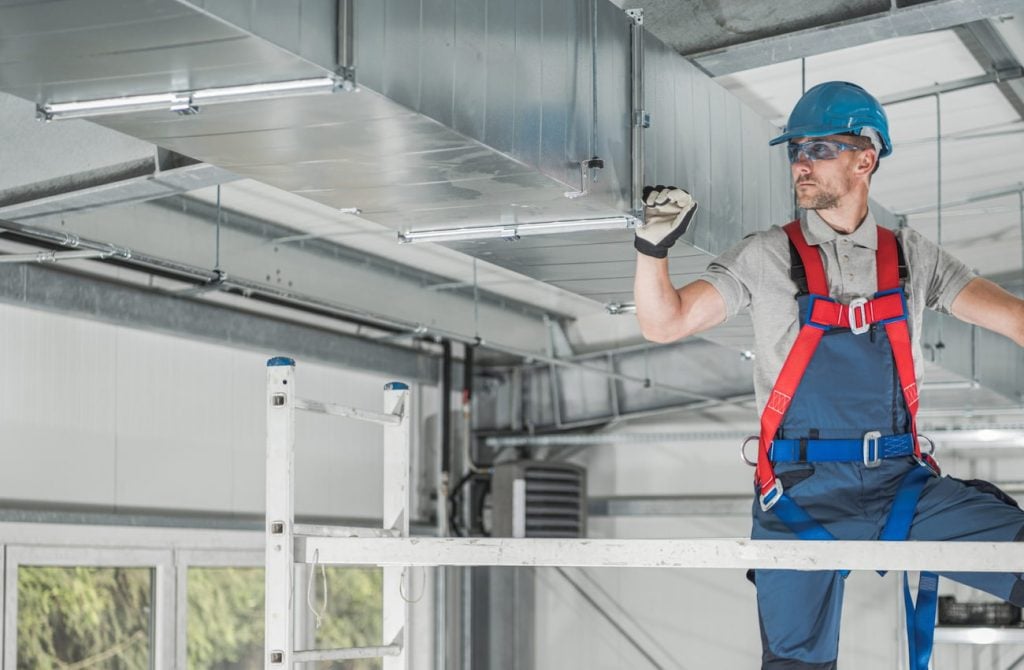
Table of Contents
The dynamic aesthetics of a home may feel in the limelight, but what lies beneath is arguably just as essential. Plumbing incorporated into the heart of a design enables optimal efficiency and function.
Today, you’ll dive deeper into this underlying network that keeps people’s homes running smoothly. Integrating plumbing into design decisions may be more critical than you realised.
Importance of Plumbing Design
One cannot underestimate the importance of an expertly designed plumbing system in any living or working space. It’s not just about ensuring water availability in different parts of your building but also plays a crucial role in preserving the structural integrity of the property.
A well-considered plumbing plan takes into account multiple aspects like pipe sizes, material compatibility, drainage slopes, and vents. Proper plumbing prevents unwanted issues down the line such as water damage, clogs, or decreased system lifespan. Engaging with a professional, such as Dan’s Plumbing on Facebook, provides insight into cutting-edge practices.
Moreover, good plumbing design also contributes to cost-effectiveness. It assists by minimising waste, reducing water consumption and energy usage thereby promoting enchanting harmony between architecture and nature.
The APS (American Plumbing Society) has underscored the necessity for special attention to be accorded to the interaction between plumbing and design during construction, further highlighting its significance.
Integration Techniques for Plumbing
Integration techniques for blending plumbing systems within a design schema often pivot on planning, effective communication and innovative problem solving between plumbers, architects, and other involved professionals.
A joint exploration by all involved parties can yield results that benefit each aspect of design, result in cost savings and drive user comfort.
For instance, pipe cavities could decrease building heating costs due to the residual heat from hot water pipes. Similarly, bathrooms placed back-to-back reduce the plumbing requirements while optimising spatial dynamics.
Technology too has a part to play, with digitised 3D design tools providing accurate mapping for pipe placement and reducing potential conflicts between architectural and plumbing plans.
The integration becomes productive when viewed as a mutual venture between different professionals, combining their expertise to create an environment that doesn’t compromise on either aesthetics or functionality.
Designing for Water Efficiency
Designing with a nod towards water efficiency is more than just an environmentally friendly choice—it is also increasingly becoming an economical mandate for contemporary homes and buildings.
An effective design approach can achieve water efficiency by incorporating low-flow fixtures, rainwater storage systems, or even water recycling setups. Such measures not only reduce the water footprint but also contribute positively towards financial savings in the long run.
Integrating greywater systems for gardening or installing dual-flush toilets reduce fresh water demand significantly. Similarly, energy-efficient appliances, like dishwashers or washing machines, reduce both power and water usage.
The cumulative effect of such small changes through thoughtful design can produce remarkable results in conserving resources and enhancing system efficiency without compromising on the quality of life criteria.
Plumbing Design and Sustainability
As people venture into an era focusing heavily on sustainability, it becomes essential to incorporate environmentally-friendly practices into every aspect of building design – including plumbing system design.
A sustainable plumbing design aims to preserve precious resources by minimising water and energy usage. This goal is achieved through innovative approaches such as greywater recycling systems, low-flow faucets and rainwater harvesting.
The use of low-flow fixtures that consume less water per use is one such measure. These include dual-flush toilets or sensor-based faucets that control water dispense based on motion detection. Additionally, using tankless water heaters that heat water on-demand eliminates unnecessary energy wastage inherent in traditional storage water heaters.
Another green plumbing practice is rainwater harvesting. This involves capturing and storing rainwater for later use – a technique that significantly reduces potable water usage.
By integrating these systems into the building’s design, the architecture embraces the central idea of sustainability while reinforcing functionality.
Above all, a sustainable plumbing approach takes into consideration LEED (Leadership in Energy and Environmental Design) guidelines. These guidelines essentially push towards efficient use of resources that positively impact human and environmental health.
Challenges in Plumbing and Design
Although crucial, integrating plumbing into design decisions arrives with its own set of challenges. First on this list are structural constraints like load-bearing walls, floor cavities or window positions that can limit feasible pipe routes.
A conflict might arise between desired fixture locations and the need to adhere to standard plumbing codes for safe installation.
Another challenge is coordinating communication between architects and plumbers. Detecting issues late could necessitate alterations to either already-installed pipes or structure, leading to not only an increase in cost but also project time overruns.
To overcome these challenges, a coordinated approach from all involved professionals is essential right from the beginning planning stages of the project until completion. This implies acknowledging potential issues early on and charting out solutions before they escalate.
Advancements for Modern Plumbing
Innovation continuously influences contemporary plumbing practices, contributing towards the evolution and enhancement of systems both incorporating aesthetics and achieving competency.
Digitised tools like CAD (Computer-Aided Design) software now enable professionals to draft precise 3D models of plumbing plans, providing an accurate visual representation before any installation begins. This reduces potential conflicts between architectural and plumbing plans and prevents the need for costly modifications.
The emergence of smart home technology has also escalated the expectations from modern plumbing systems. Touchless faucets, smart water heaters or leak detection devices – they all operate seamlessly to elevate user experience, reduce water consumption, minimise potential issues and hence, conserve resources.
Sustainable innovations such as greywater recycling or rainwater harvesting systems are being increasingly adopted in new age homes and infrastructure. They not only pave the way towards environmental conservation but also result in substantial cost savings in the longer run.
Contemporary fixture designs also focus on minimalistic aesthetics blending with utility. This implies that your plumbing fixtures need not be concealed always; they can add unique tasteful accents to your spaces while performing their assigned functions efficiently.
Future Trends in Design and Plumbing
The road forward in plumbing design is geared towards systems that surpass functionality alone, investing equally into aesthetics and sustainability. Green building codes will continue to evolve, positively impacting plumbing practices. The need for increasingly efficient system designs will push innovations further.
On the aesthetic front, expect design trends to pivot around seamless integration of fixtures within space dynamics. For instance, you could see more free-standing bathtubs or unorthodox sinks that speak of personality apart from serving their basic functions.
In terms of sustainability, features promoting water conservation like low-flow fixtures, rainwater collection systems or smart appliances will gain popularity given their incremental influence on resource efficiency.
With a nod to such impressive strides made in the industry, it’s safe to predict that the future of plumbing design as seen here holds novel, effective solutions that harmoniously marry functionality with pleasing aesthetics and sustainability.
In a Nutshell
Integrating plumbing into a design strategy creates an environment where aesthetics, functionality and sustainability coalesce into an enchanting symphony. It’s crucial to engage professionals in this process early on to assist in identifying practical solutions to maximise space utilisation, mitigate challenges and incorporate modern innovations.
This ensures a well-rounded approach that meets user requirements while preserving the planet’s resources. The future holds promising trends as advancements continue to evolve, making the integration between design and plumbing more fluid than ever before.

